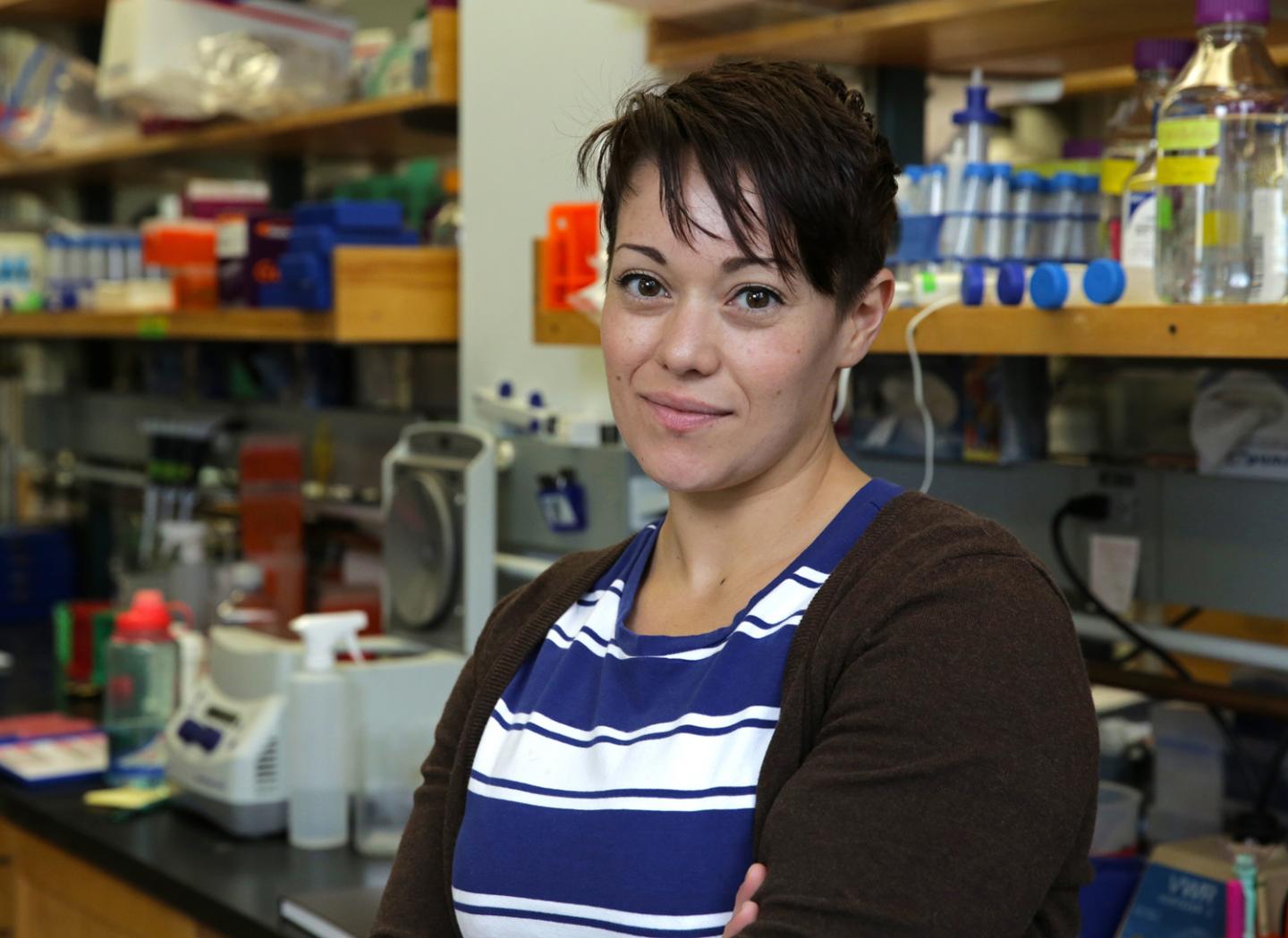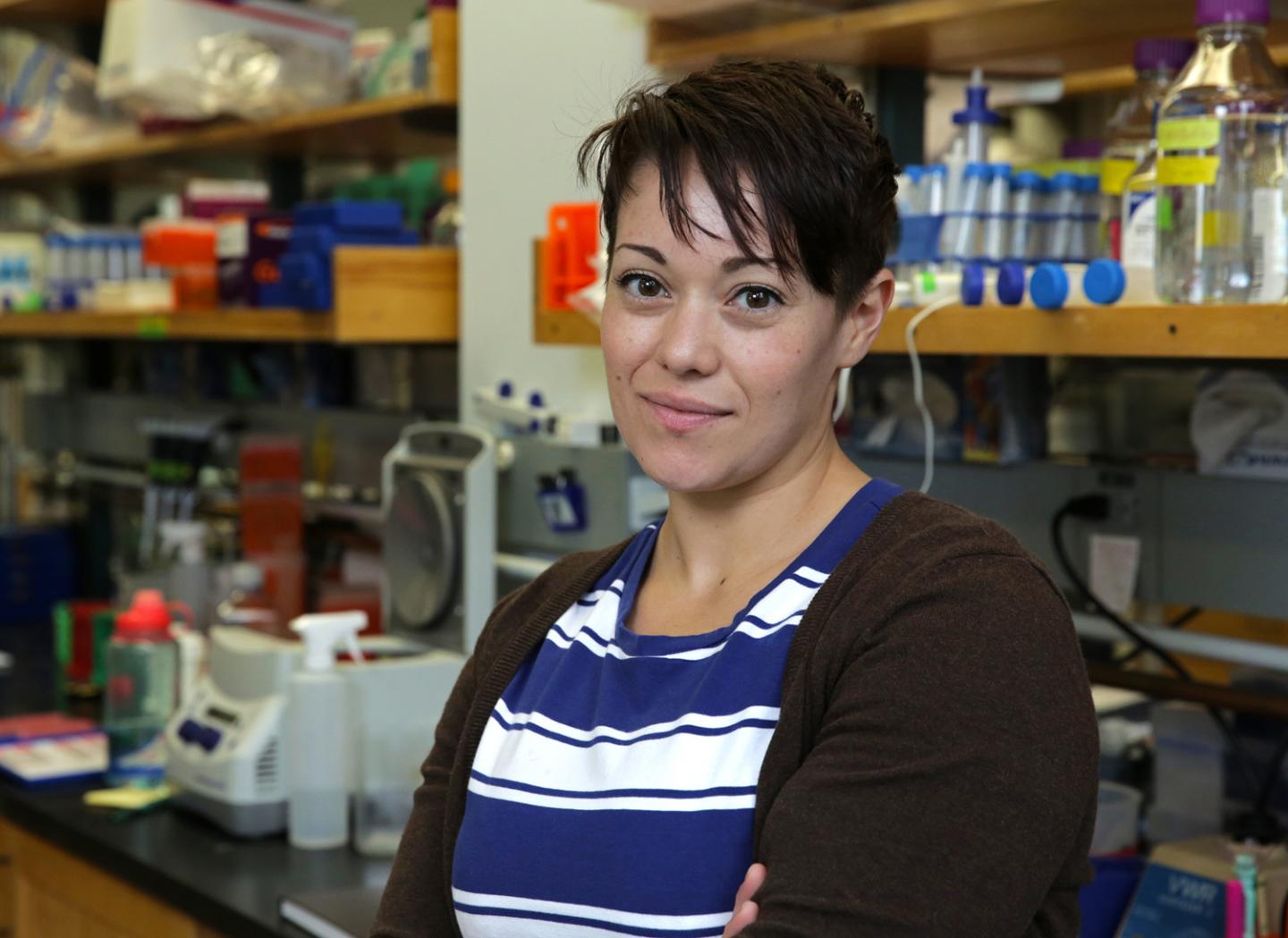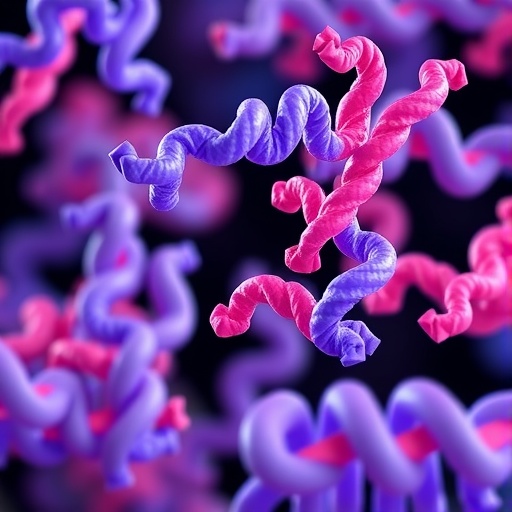
EUGENE, Ore. — May 5, 2016 — A cell-to-cell signaling network that serves as a developmental timer could provide a framework for better understanding the mechanisms underlying human heart valve disease, say University of Oregon scientists.
The research, which appeared in the journal Development, examined a process called Wnt/beta-catenin signaling in mice during heart valve development. The UO team showed how the process, which mediates communication between cells, ensures that stages of valve development unfold in a coordinated manner.
Understanding normal development is the first step toward figuring out what goes wrong in disease, said Kryn Stankunas, a professor in the Department of Biology and a member of the Institute of Molecular Biology, who directed the research.
"Congenital heart valve defects are extremely common and can have considerable negative effects on human health, but their root causes are poorly understood," he said. "We wanted to first study how a valve develops normally with a focus on discovering how this one essential signaling pathway functions during different stages of valve development."
Up to 5 percent of the human population is born with abnormal heart valves. Valve defects are frequently inherited within families, but, because valve development is a multistage process involving several cell types, researchers have had difficulty determining exactly when and where valve formation genes normally function during embryonic development.
Researchers in the Stankunas lab created a new line of genetically engineered mice that allowed them to carefully manipulate activity of the Wnt/beta-catenin pathway during embryogenesis.
"This signaling pathway has so many developmental roles that if we inhibit it globally, we might see secondary defects that are not actually due to its role in the valves," said Fernanda Bosada, lead author on the paper and a doctoral student in biology in the Stankunas lab. "Our transgenic method gives us precise control over this particular signaling process."
Although this signaling pathway has been suspected of having key roles in heart valve formation, the new research reveals more of its contributions.
For example, the study refutes a long-held model that the pathway directly induces a process known as endocardial-to-mesenchymal transformation that generates the first cells that populate heart valves. The team showed that rather than playing direct instructive roles, the pathway enables transitions between the various stages of valve development.
The research, Stankunas said, underlines the importance of timing during valve development. As valves first form, Wnt/beta-catenin signaling is essentially programmed to turn on automatically and support cell growth. As enough cells accumulate, the signaling pathway turns itself off and the valves stop expanding. Therefore, valve size control is a self-regulating system.
In addition to the possibility cell-signaling disruptions that affect developmental transitions may account for congenital valve defects, the UO researchers speculate that Wnt/beta-catenin signaling could serve a similar timing role in other developing organs and disease states.
The study could inform future translational research in several areas, Stankunas said. For one, it could point to improved diagnostics for congenital valve defects. Secondly, the knowledge of how nature controls the growth of valve cells could be applied to generate heart valve replacement tissue for therapeutic use in humans.
"That's a long-term goal," he said. "We first need to be inspired by learning how nature forms a valve normally to rationally design such regenerative medicine approaches."
###
Along with Bosada and Stankunas, the paper's co-authors were Vidusha Devasthali, now the UO's assistant director of Research Development Services, and doctoral student Kimberly Jones. Grants from the National Institutes of Health (HD007348 and HL115294), the March of Dimes (Basil O'Connor Award) and an NIH/ National Research Service Award graduate fellowship (HL117617) funded the research.
Source: Kryn Stankunas, assistant professor of biology, 541-346-7416 [email protected]
Note: The UO is equipped with an on-campus television studio with a point-of-origin Vyvx connection, which provides broadcast-quality video to networks worldwide via fiber optic network. There also is video access to satellite uplink and audio access to an ISDN codec for broadcast-quality radio interviews.
Links:
Paper abstract: http://dev.biologists.org/content/143/6/1041
Stankunas faculty page: http://molbio.uoregon.edu/stankunas/
Institute of Molecular Biology: http://molbio.uoregon.edu/
Department of Biology: http://biology.uoregon.edu/
Media Contact
Lewis Taylor
[email protected]
541-346-2816
@UOregonNews
http://uonews.uoregon.edu





